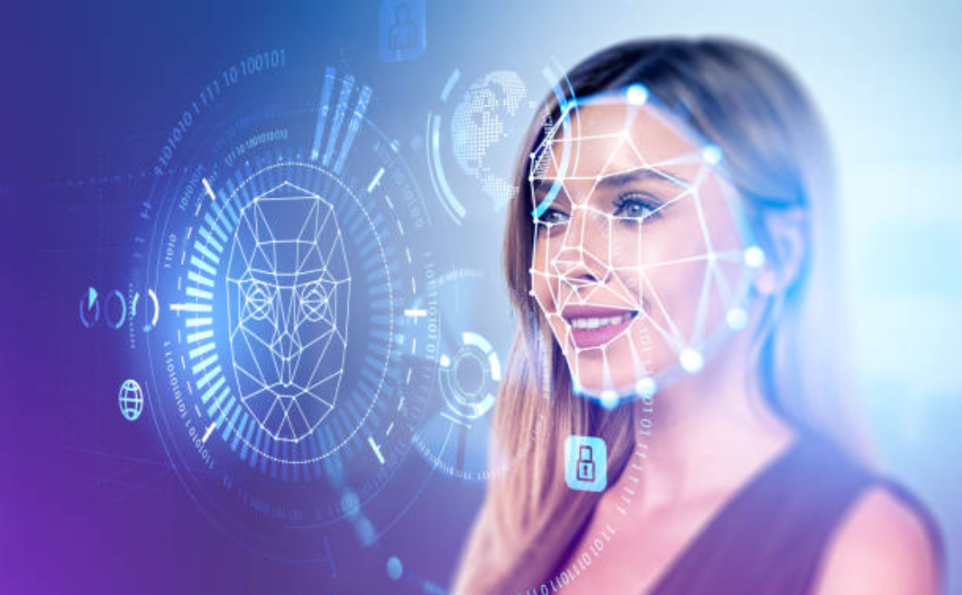
Urban regions are not behind the rest of the globe in terms of digital advancement. Recent technological breakthroughs are assisting cities in not only becoming smarter but more secure. However, face verification technology plays an important part in making the world's urban areas safe. Furthermore, the worldwide worth of face recognition technology (FRT) is predicted to reach $873.7 billion by 2026.
In this article, we'll look at the significance of face verification in keeping cities safe and secure.
Smart Cities for Protected Future
Smart cities are metropolitan areas around the world that use contemporary technology to efficiently manage their resources and improve the quality of life for their residents. The cities use an interconnected network of devices, such as sensors and data collection and analysis systems. Furthermore, the technology assists authorities in making educated decisions that benefit society. Transportation, healthcare, and, most significantly, public safety are key emphasis areas for smart city projects.
Every city must prioritize public safety, and smart cities aspire to do so in a more thorough and efficient manner than ever before. Face verification stands out among the many technologies as a critical tool for increasing citizen security and safety.
The Role of Face Verification in Ensuring Public Safety
Face verification is a subset of facial recognition technology that assures whether a person's facial features match an existing database or not. It is employed for various objectives in smart cities to strengthen public safety. Let’s discover how face verification is helping smart cities in the protection of their citizens:
Identification of Criminals
Law enforcement agencies utilize face verification technology for immediate identification of suspects. Face verification, in this regard, helps government authorities solve crimes, discover missing individuals, and protect the public from potential threats.
Surveillance and Uninterrupted Monitoring
Smart cities now use surveillance cameras with face verification capability to observe public spaces. This advanced technology helps authorities to identify and track individuals of interest, allowing them to respond effectively to incidents and crises.
Emergency Response
Face verification also assists first responders in locating people who might need assistance during catastrophes or natural tragedies, accelerating the efforts to rescue and relief.
Access Control
Face verification is used in high-security areas like government organizations, transport hubs, and key infrastructures. Moreover, the technology helps make sure only those with permission have access, eventually lowering the danger of unlawful entry and safety violations.
Community Policing
Many smart cities are now implementing community policing programs in which officers use mobile devices having face verification technology for interaction with residents and to actively manage safety concerns.
Implementing Face Verification Technology in Smart Cities
The successful integration of face verification into smart city initiatives demands a properly planned approach. However, the following steps can help authorities to achieve their goals of building smart cities:
Association with Law Enforcement
Close collaboration between city authorities, law enforcement agencies, and technology providers is essential. Establishing clear protocols and guidelines for the use of face verification technology will help ensure that it is deployed effectively and in accordance with legal and ethical standards.
Proper Data Management
While implementing face verification for smart city projects, a complete and protected database is the basis of any system. Therefore, the data must be collected and stored as per standard privacy regulations. Moreover, strict access controls are also crucial to protect the sensitive information of citizens.
Accuracy and Reliability
It's essential to invest in face verification technology as it ensures the accuracy and trustworthiness of the algorithms, directly making the security system effective. Moreover, authorities must consider regular updates and maintenance of the face recognition system to make sure that the system is giving optimal performance.
Public Awareness and Education
The proper implementation of biometric face verification technology is only the beginning. In reality, training the public on the benefits and drawbacks of face verification is essential. In addition, the concept of transparency in implementing this technology builds confidence and enables people to make knowledgeable decisions concerning their participation in smart city endeavors.
Final Words
Face verification technology is undeniably an effective technique for ensuring public safety in smart city initiatives around the world. It has a wide range of uses, including law enforcement, emergency response, and disaster management. Moreover, technology is invaluable in developing safe and protected urban environments.
Nevertheless, it is necessary to handle its application with caution, considering issues of privacy and moral implications. Face verification might serve as a basis for smart city projects; safeguarding the safety and comfort of inhabitants in the digital age with meticulous preparation as well as appropriate implementation is still important.


Comments (0)
No comment